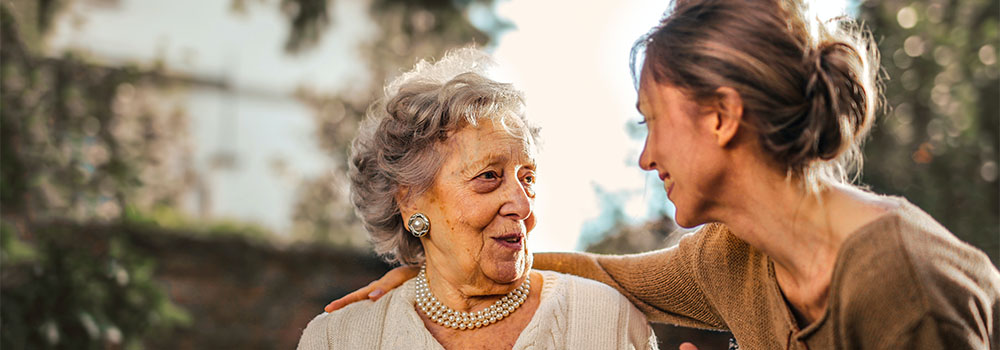
The Importance of Maintaining Mobility as You Age
Mobility Exercises and Ideas to Try
As we age, we face more mobility challenges. This usually means having difficulty getting around inside and outside. Mobility loss in older adults is usually the result of impairments in our central nervous system that lead to injuries, joint problems, arthritis, and other issues. While mobility challenges are primarily a physical difficulty, they can impact our quality of life and affect our mental and emotional health.
According to the Centers for Disease Control and Prevention, 13.7 percent of adults in the United States have serious difficulty walking or climbing stairs and 6.8 percent have difficulty doing errands alone. However, there is always room for improvement.
How can you improve your mobility? With exercise and lifestyle changes, you can increase your mobility and stay more engaged in your daily life.
1. Stretch
Stretching is good for people of all ages as it improves flexibility. It can also help older adults improve their balance and coordination. Find a safe stretching routine online or consult a physical therapist to provide some exercise ideas to follow. Focus on your neck and shoulders, hips and hamstrings, and ankles.
2. Do low–impact exercises.
Movement is so important for older adults, and it does not have to be high intensity. Low–impact exercises can boost your health without the risk of injury. Try to move your body every day through:
- Walking
- Hiking
- Yoga and stretching
- Dancing
- Swimming
- Cycling
One movement most of us take for granted is the ability to stand up from a chair. Practice the “Sit to Stand” exercise to strengthen the muscles in your leg, core, and back.
3. Get the mobility equipment you need to stay safe.
While the goal is to improve your mobility, if you need to use a walking cane, walker, or wheelchair, do not hesitate to do so. This special equipment is designed to aid your mobility, keep you safe, and protect you from falling. At McGregor PACE, we are continually assessing the mobility challenges of our older adults and providing the equipment necessary to help them retain their independence.
Contact McGregor PACE

